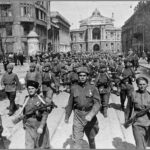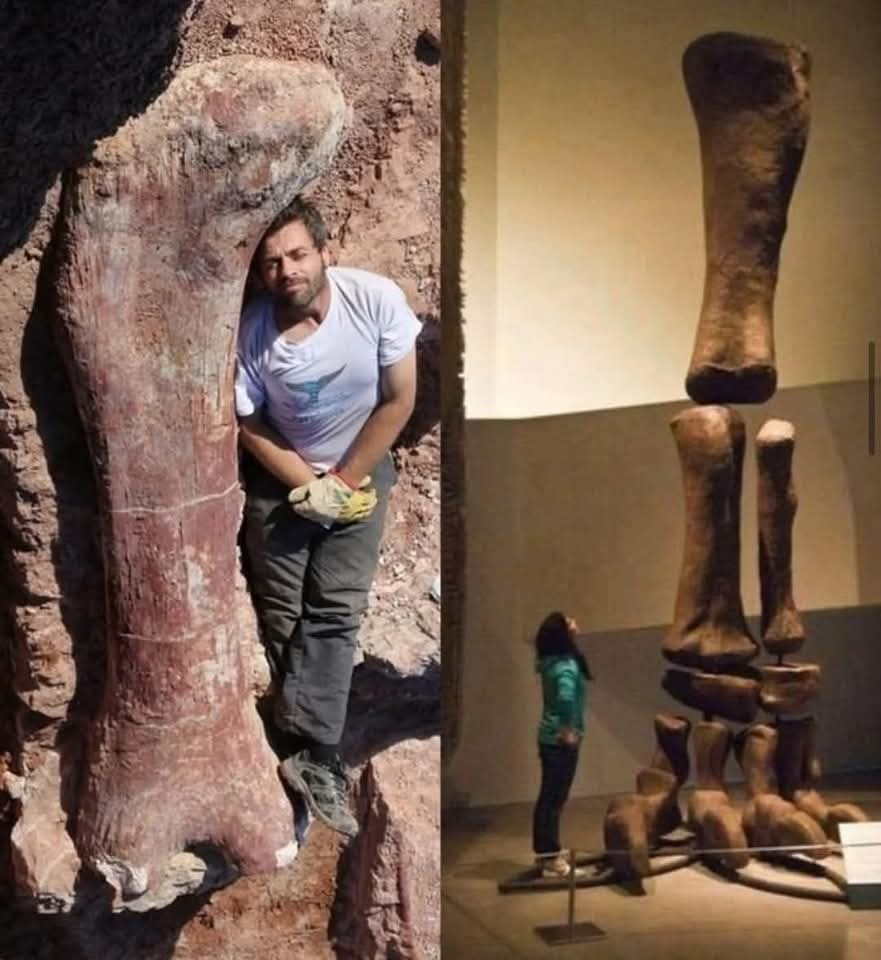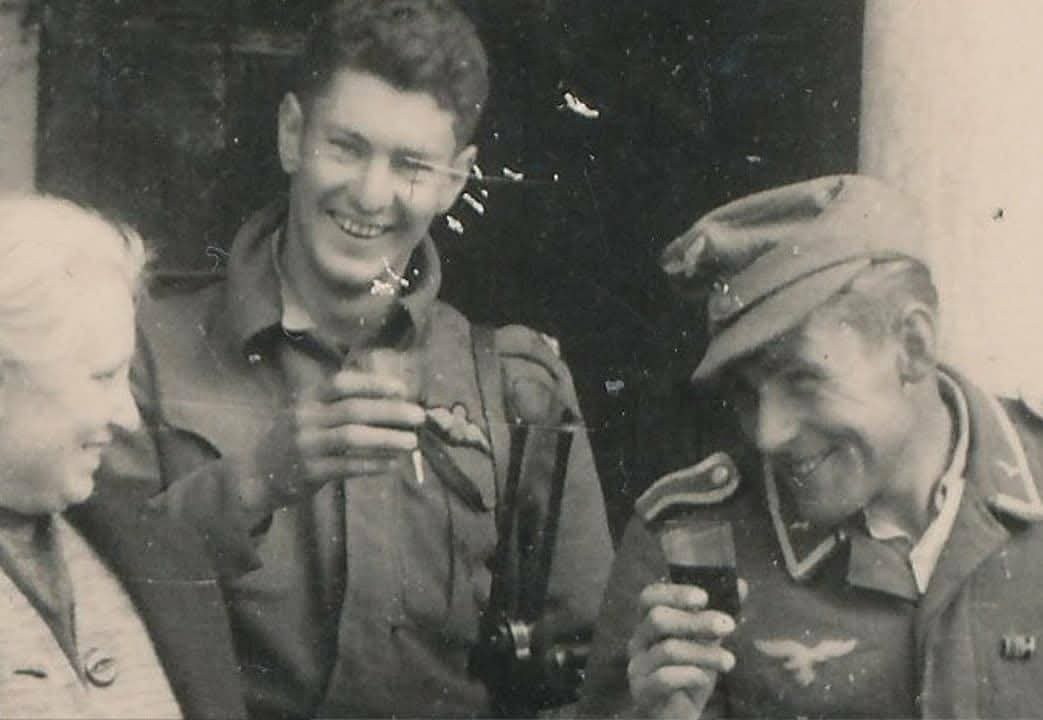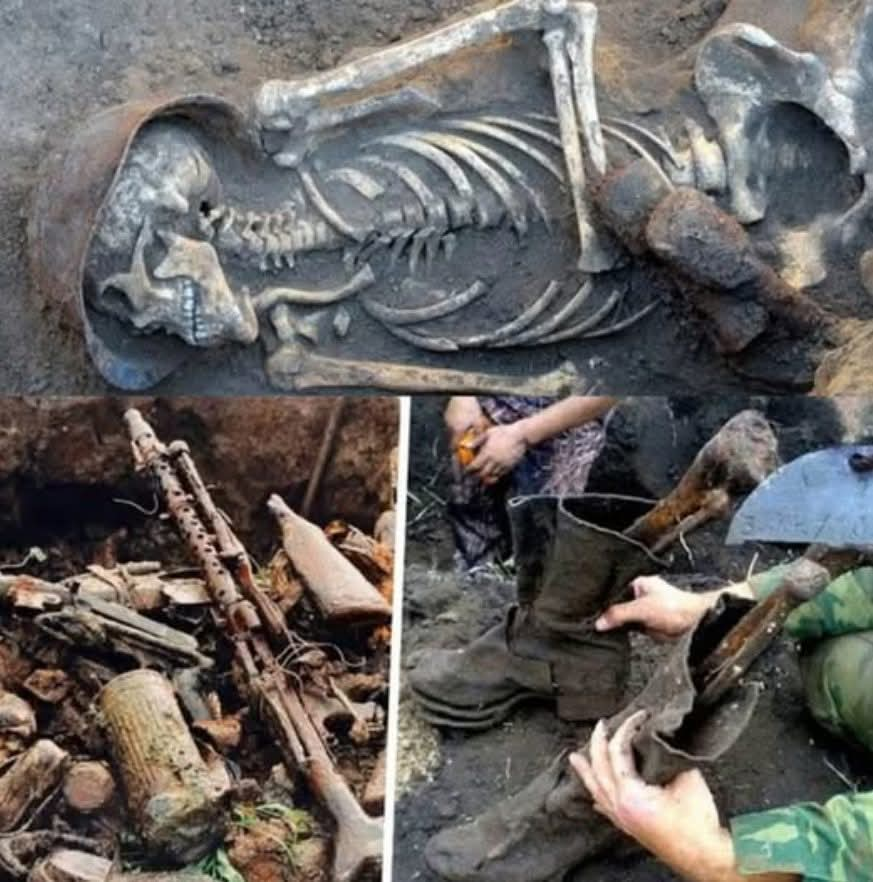
In April 1944, members of the 62nd Stalingrad Army, part of the 8th Guards Army led by General Vasily Chuikov, marched triumphantly through the streets of Odessa, their faces hardened by years of brutal combat.
The city, once occupied by Nazi forces, had been liberated by the Soviet Red Army as part of their ongoing offensive to reclaim territory in Eastern Europe. Among the large group of soldiers were two women, marching confidently in the front ranks—an uncommon but increasingly visible presence in the Soviet military during the war.
These women, likely serving in support roles such as medics or signalers, embodied the crucial contributions of Soviet women in the war effort. As the soldiers advanced down the street, their movements synchronized, the atmosphere was one of pride and resolve, the sound of their boots echoing through the streets of a city that had endured so much.
Odessa’s liberation marked a significant moment in the Red Army’s push westward, as they continued to drive the Axis forces back.










Leave a Reply